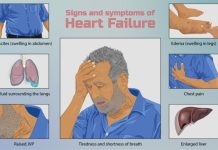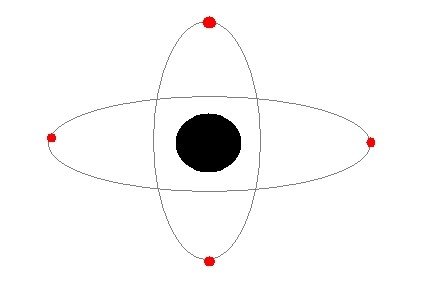The Nobel Prize in Physics 2023 has been awarded to Pierre Agostini, Ferenc Krausz and Anne L’Huillier “for experimental methods that generate attosecond pulses of light for the study of electron dynamics in matter”.
An attosecond is one quintillionth of a second (equal to 1×10−18 second). It is so short that there are as many in one second as there have been seconds since the birth of the universe.
In the world of electrons, changes occur in a few tenths of an attosecond. The special technology creates extremely short pulses of light that can be used to measure the rapid processes in which electrons move or change energy inside atoms and molecules.
The laureates’ contributions have made “attosecond physics” a reality which has potential applications in many areas such as study of behaviour of electrons in a material, electronics and medical diagnostics.
***
Sources:
- Nobelprize.org. The Nobel Prize in Physics 2023. Available at https://www.nobelprize.org/prizes/physics/2023/summary/
- Nobelprize.org . Press release – The Nobel Prize in Physics 2023. Posted on 3 October 2023. Available at https://www.nobelprize.org/prizes/physics/2023/press-release/
***




































